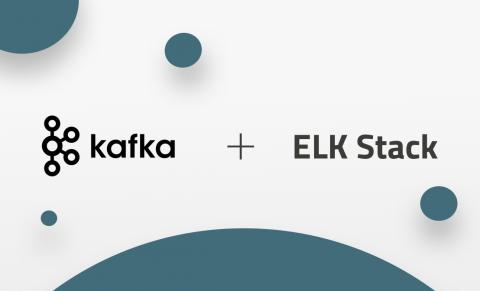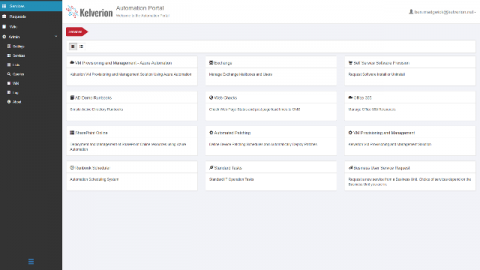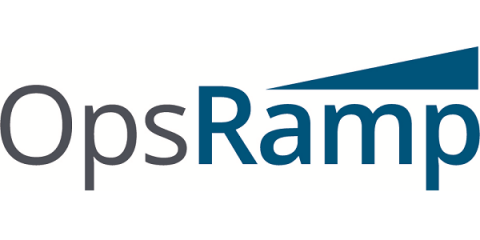What's New in Pandora FMS 7.0 NG 735
In this new Pandora FMS update, improvements have been made in the visual consoles, SLA reports, WUX and the monthly cron jobs, among others. Pandora FMS improves every day to make the user console much more simple and user-friendly.











